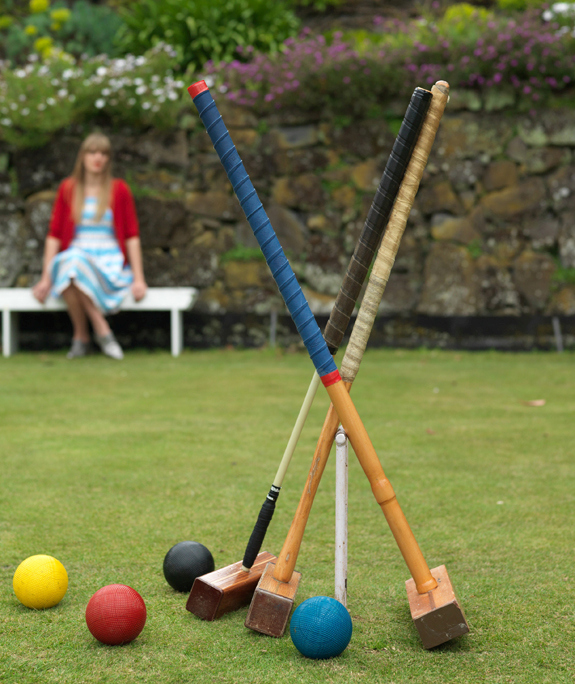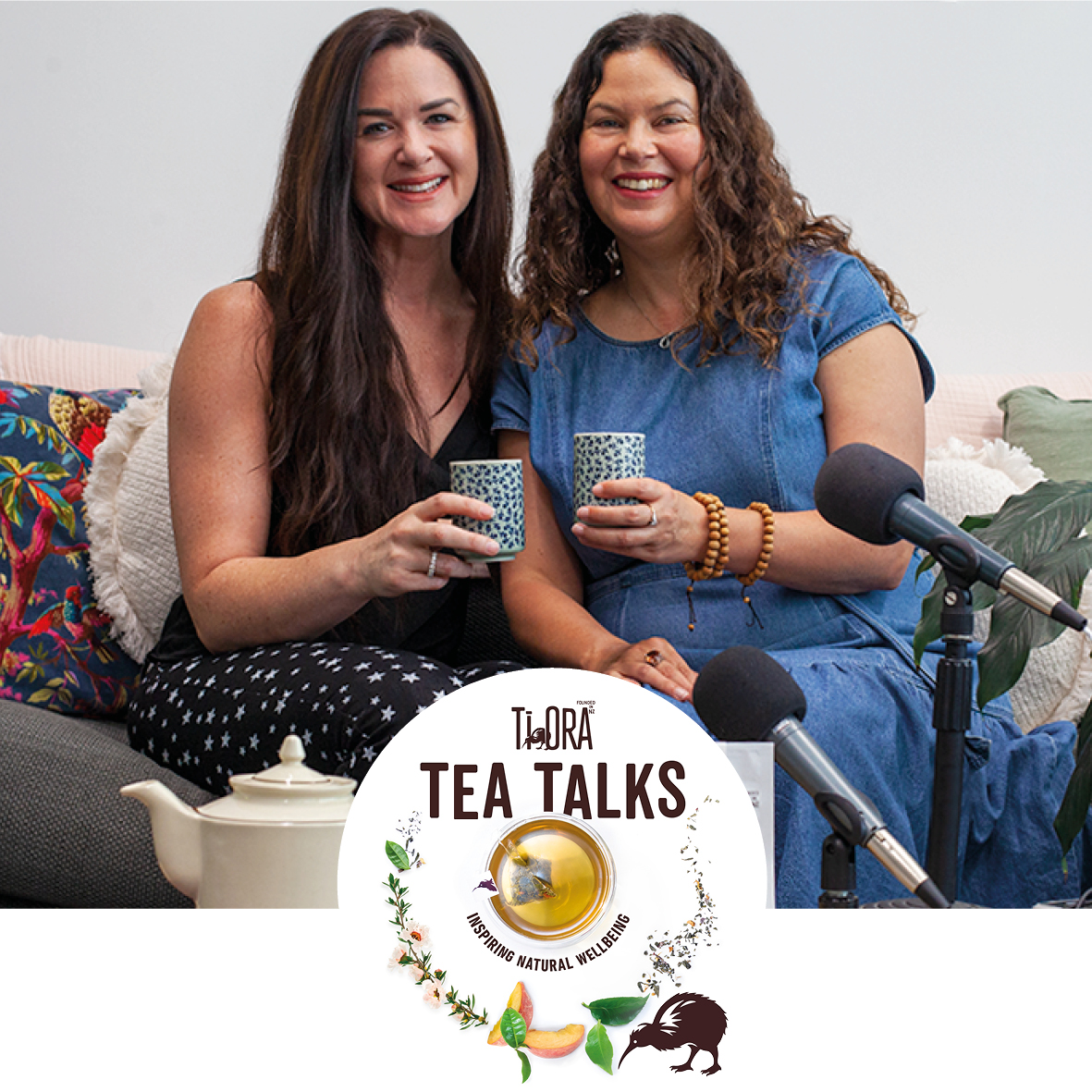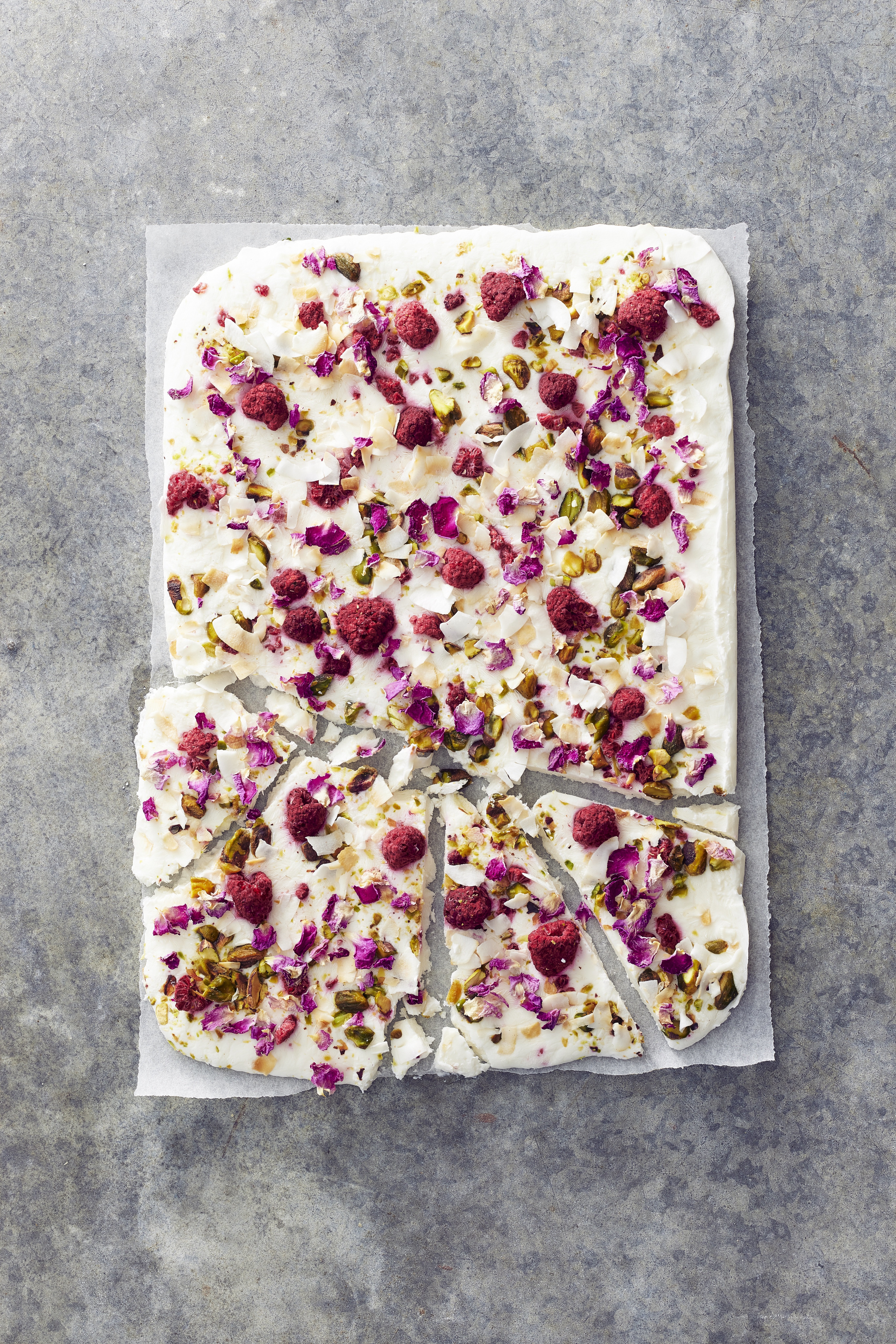The most dastardly aspects of the game may have been outlawed in 1920, but croquet remains as genteel, fierce of flirtatious as you want …






Think of croquet and you’ll probably picture the surrealistic game Alice and the Queen of Hearts played with flamingos as mallets, hedgehogs as balls and playing-card courtiers bent over to form hoops.
It’s no coincidence that Alice’s Adventures in Wonderland was written in the 1860s – at the height of England’s croquet craze. In 1853, English toy maker Isaac Spratt registered a set of rules for croquet in London, and it quickly became all the rage in Britain.
Croquet owed its popularity to the fact that it was the first outdoor sport women could participate in – and which they could play as equals with men. American Harper’s Weekly magazine wrote in 1871 that croquet offered “the most delightful opportunities for flirtations” – perhaps one of the reasons the church tried to ban it in Boston in the 1890s. (For proof that the game can be as flirty as it is feisty, check out the shoulder-padded shenanigans in 1980s dark comedy Heathers.)
No one’s entirely sure where croquet came from, but one theory has it as the posh version of a French peasant game called paille-maille, or ‘ball mallet’, which had been around since the 1300s. London’s Pall Mall even owes its name to the fact that King Charles II enjoyed a game or two of paille-maille there in its grassy, pre-street days.
What’s certain is that croquet has since become one of England’s most popular exports. Test matches started between England, Australia and New Zealand in the 1920s; nowadays, there are more than 70 active croquet clubs in New Zealand, and we have four players in the World Croquet Federation top ten.
Despite this – and a scattering of super-cute retro croquet clubs throughout New Zealand’s older suburbs – the game has somehow dropped below the radar of popular culture. New Zealand’s top-ranked croquet player Greg Bryant says he’s usually met with “a blank stare” from other people when he mentions the sport.
“Usually they just do not comprehend what I’m talking about,” he says. “General knowledge of croquet is fairly rare – which is unfortunate because I’ve played a lot of sports in my time and croquet is the only one that’s held my interest.”
Greg’s made his way through motorsport, bicycle racing and a whole range of racquet sports – but he says croquet is the toughest.
“To achieve a top level in croquet – I’ve found that the most challenging of all the sports that I’ve played.” He got into it through “utter coincidence” as a teenager. “As soon as I saw it I thought, ‘What a brilliant game!’ I could immediately see what was trying to be accomplished.”
Now in his late 40s, Greg’s enjoyed an international career spanning more than 20 years. “There aren’t many sports where you can represent your country for that period of time,” he laughs.
The reason croquet hasn’t enjoyed the same resurgence of popularity as, say, lawn bowls, might be a social one – it doesn’t come with a bar. “Croquet lawns are often unlicensed,” explains Chris Lancaster, secretary of the Mt Albert Croquet Club. They don’t attract corporate functions, hen nights or stag dos as frequently, she says. Meanwhile, attempts to get schools interested in the sport have been foiled by the lack of appropriate grounds to play it on.
But croquet’s downsides end there. It’s easy to get the hang of, says Kiwi under-21 representative Hamish McIntosh, especially if you’re not at the retiree stage of life. “Most young people who take up the sport get to a certain level pretty quickly just on natural hand-eye coordination,” he says. “It’s not a difficult sport to pick up, but it’s a difficult sport to completely master.”
Croquet doesn’t just have that element of whimsy, but also has a dark, uber-competitive side that other lawn sports simply don’t have. Captain Thomas Mayne Reid wrote in his 1863 classic Croquet: A Treatise and Commentary that the game offers a character-building alternative to warfare, and he praised its ability to develop rational thought. You don’t have to be strong to succeed at it, he added – but you do have to be extremely cunning.
“A seven-year-old and an 85-year-old can hold their own against each other,” says Ken, a long-time member of the Mt Albert Croquet Club. “That’s what I call a real sport.”
How to play
A croquet lawn features six hoops: four on the outside, forming a rectangular shape, and two inside, plus a peg in the centre. There are four balls, which must pass through each hoop (‘run the hoop’) in a set order. You can play as doubles, with four players (two teams, one ball each) or singles (two balls each). It’s a game of both precision and tactics that’s likened to a mix of snooker, chess and golf.
There are several different versions of the game, but the two most common in New Zealand are Golf Croquet and Association Croquet. (Other versions include Ricochet Croquet, where the objective is to hit the other players; Extreme Croquet, which is a combination of cross-country running and golf, mostly played by university students in varying degrees of sobriety; or croquet on ice, with pucks.)
Golf Croquet has only been around for a decade, but it’s the version played socially in clubs throughout the country. “It gained a lot of popularity in a really short time because it’s easier to understand,” explains Greg. It’s faster-paced and more social, largely due to the fact that players only have one shot per turn (as opposed to Association Croquet, where you can have 60 or 70).
Play commences in the lower left-hand corner of the field and moves clockwise through the hoops. Each player competes to be the first to knock their ball through the hoop; when a hoop is ‘won’, that person (or team) scores a point and all players move on to the next hoop. (Only one ball need pass through each hoop.) Once all six hoops have been won, play returns around the lawn in an anticlockwise direction. It’s normal to play to a best of 13; you can add a tiebreak hoop if necessary.
Tactics involve focusing as much on knocking your opponents’ balls away from the hoop as winning points yourself. While a battle for a hoop can last more than 15 minutes, a game can be over in around an hour, depending on ability.
Association Croquet is played at the world champs and most tournaments. In this version, players compete to reach the end of the course first. Unlike Golf Croquet, each player must run a hoop before they’re allowed to move on to the next one.
Association Croquet is where things get a bit more complicated. If you run a hoop, you get a free turn. In addition, if your ball strikes another ball on the lawn (that’s called making a roquet), you get to pick up your ball and put it down next to where the other ball comes to rest.You also get two free strokes.
Players aim to ‘make a break’, or gain a long series of consecutive shots. If you play a perfect game, it’s possible to get all the way around the field without anyone else having a turn. As with chess, over time you learn to recognise the best moves for different configurations.
Let the games begin!
To find your local club, visit Croquet New Zealand at www.croquet.org.nz. You don’t have to be any good or know the rules: members will likely welcome you with open arms and show you how to play. Many clubs are open to hiring out the facilities – including an explanation of the game by club members – for private parties, birthdays and work dos.
Our models wore frocks from Dalston, Starfish and Swonderful, plus shoes from Minnie Cooper. Special thanks to the Mt Albert Croquet Club.







